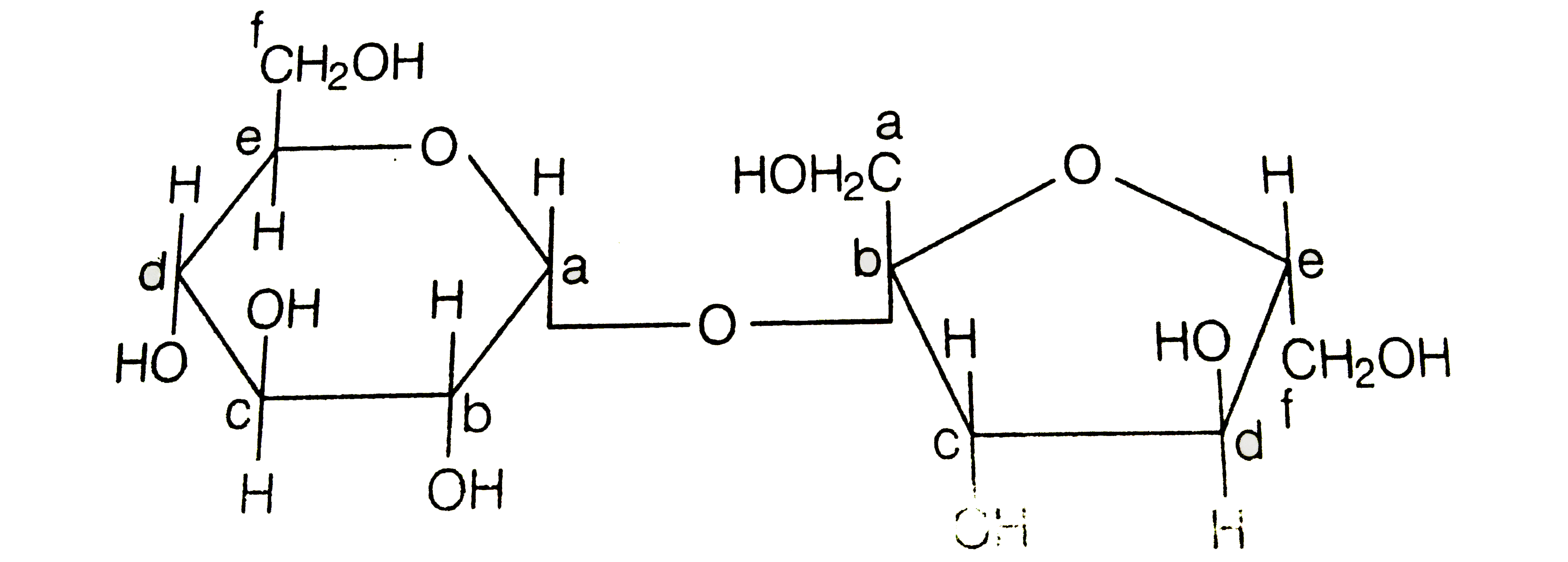Carbon
Step-by-Step Solution for the Question: Carbon
1. Definition of Carbon:
- Carbon is a chemical element that is essential for life and is found in various forms in nature.
- It is derived from the Latin word "carbo," which means coal.
Hint: Remember that carbon is not just a single element; it has many forms and is crucial for life.
2. Symbol and Atomic Number:
- The chemical symbol for carbon is "C."
- Its atomic number is 6, which indicates the number of protons in its nucleus.
Hint: The atomic number helps identify the element on the periodic table.
3. Electron Configuration:
- The electron configuration of carbon is 2, 4.
- This means that in the first shell (K-shell), there are 2 electrons, and in the second shell (L-shell), there are 4 electrons.
Hint: The arrangement of electrons determines how an element reacts chemically.
4. Classification:
- Carbon is classified as a non-metal.
- It is considered a non-metal because it has four valence electrons, which allows it to form various compounds.
Hint: Think about how the number of valence electrons influences the chemical properties of an element.
5. Position in the Periodic Table:
- Carbon is located in group 14 of the periodic table.
Hint: Group numbers can help you understand the chemical behavior of elements.
6. Abundance in Earth’s Crust:
- Carbon makes up about 0.025% of the Earth's crust.
Hint: Knowing the abundance of an element can give insights into its availability and importance in nature.
7. Atomic Mass:
- The atomic mass of carbon is approximately 12.
Hint: Atomic mass is important for understanding the mass of atoms and how they combine in compounds.
8. Physical State and Boiling Point:
- At room temperature, carbon is in a solid state.
- Its boiling point is 4827 degrees Celsius.
Hint: The physical state and boiling point can tell you about the element's properties and how it behaves under different conditions.
Summary
Carbon is a versatile non-metal with an atomic number of 6, symbolized by "C." It has an electron configuration of 2, 4, is found in group 14 of the periodic table, and is present in small amounts in the Earth's crust. Its atomic mass is 12, and it remains solid at room temperature, with a very high boiling point.
- Carbon is a chemical element that is essential for life and is found in various forms in nature.
- It is derived from the Latin word "carbo," which means coal.
- The chemical symbol for carbon is "C."
- Its atomic number is 6, which indicates the number of protons in its nucleus.
- The electron configuration of carbon is 2, 4.
- This means that in the first shell (K-shell), there are 2 electrons, and in the second shell (L-shell), there are 4 electrons.
- Carbon is classified as a non-metal.
- It is considered a non-metal because it has four valence electrons, which allows it to form various compounds.
- Carbon is located in group 14 of the periodic table.
- Carbon makes up about 0.025% of the Earth's crust.
- The atomic mass of carbon is approximately 12.
- At room temperature, carbon is in a solid state.
- Its boiling point is 4827 degrees Celsius.
Carbon is a versatile non-metal with an atomic number of 6, symbolized by "C." It has an electron configuration of 2, 4, is found in group 14 of the periodic table, and is present in small amounts in the Earth's crust. Its atomic mass is 12, and it remains solid at room temperature, with a very high boiling point.
Topper's Solved these Questions
- ELEMENTS AND COMPOUNDS BOOK - ICSECHAPTER - ELEMENTS AND COMPOUNDS EXERCISE - Exercises (Symbols of some elements are given below. Name the elements. )
6 Videos
- ELEMENTS AND COMPOUNDS BOOK - ICSECHAPTER - ELEMENTS AND COMPOUNDS EXERCISE - Exercises (Name the constituents of the following compounds)
4 Videos
- ELEMENTS AND COMPOUNDS BOOK - ICSECHAPTER - ELEMENTS AND COMPOUNDS EXERCISE - Exercises (Name the following)
5 Videos
- COMMON LABORATORY APPARATUS AND EQUIPMENTSBOOK - ICSECHAPTER - COMMON LABORATORY APPARATUS AND EQUIPMENTSEXERCISE - True or False
5 Videos
- ELEMENTS, COMPOUNDS AND MIXTURESBOOK - ICSECHAPTER - ELEMENTS, COMPOUNDS AND MIXTURESEXERCISE - EXERCISES (Objective Questions) (True/False)
7 Videos
Similar Questions
On passing carbon dioxide over red hot carbon, carbon monoxide is produced as pe the equation CO2+C→2CO. Calculate the volume of carbon monoxide at STP wher 3 g of carbon is consumed in the reaction.
View SolutionStructure of disaccharide formed by glucose and fructose is given below. Identify anomeric carbon atoms in monosaccharide units.

(a)a' carbon of glucose and 'a' carbon of fructose
(b)a' carbon of glucose and 'e' carbon of fructose
(c)a' carbon of glucose and 'b' carbon of fructose
(d)f' carbon of glucose and 'f' carbon of fructose
View Solution
